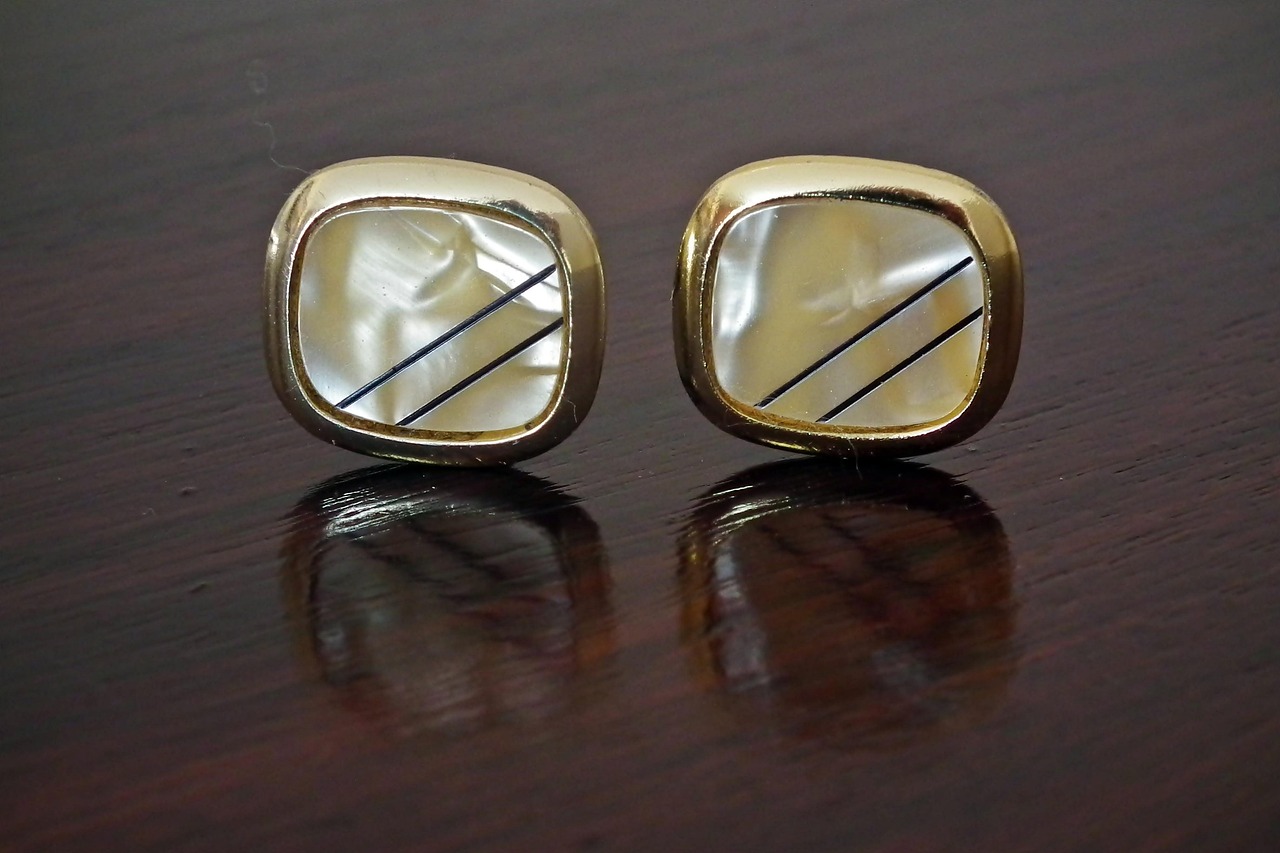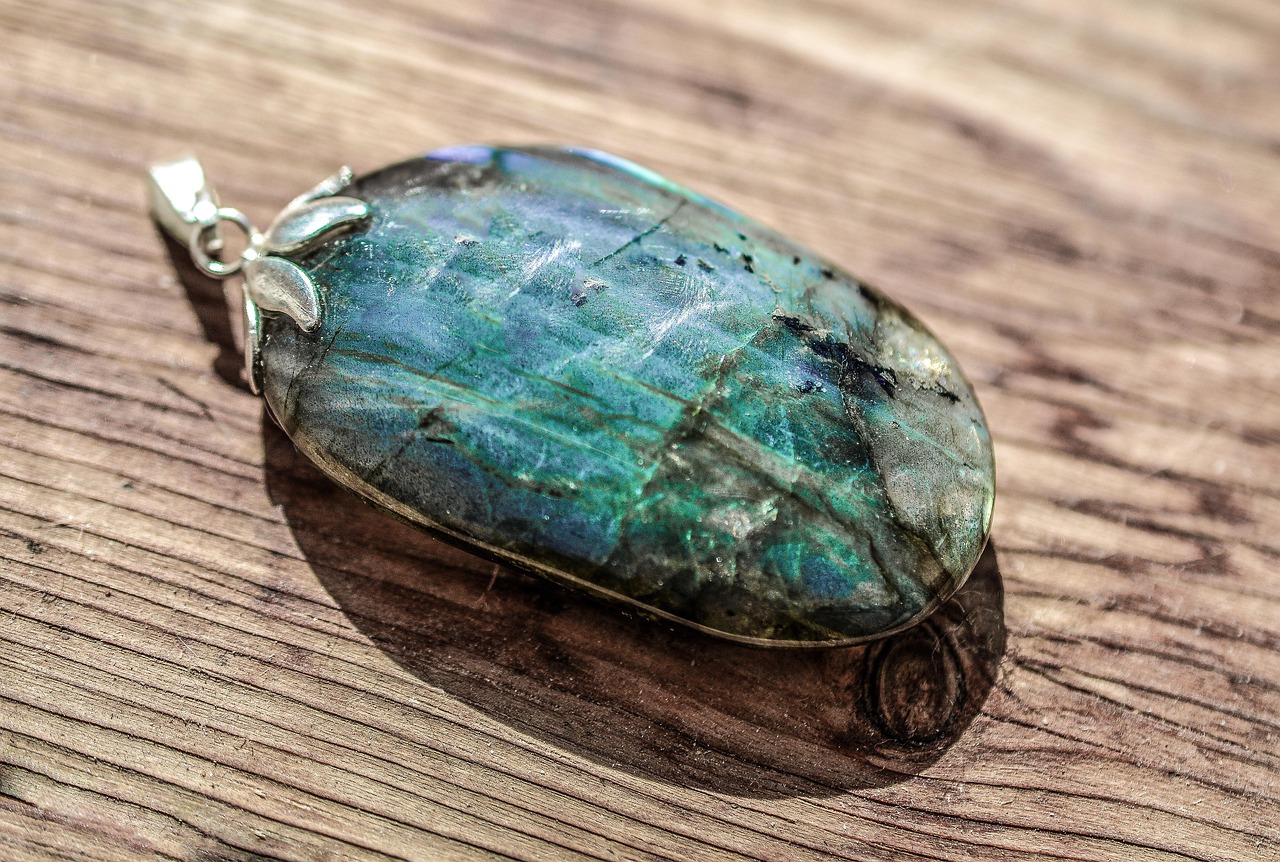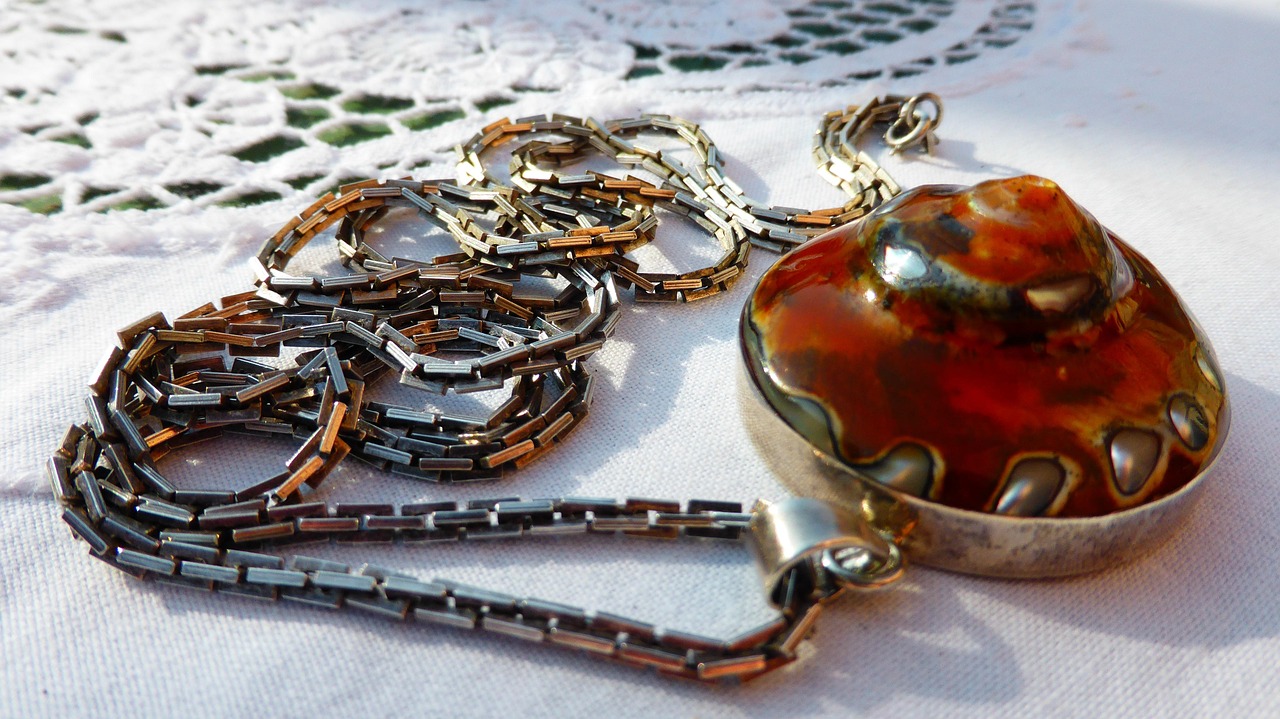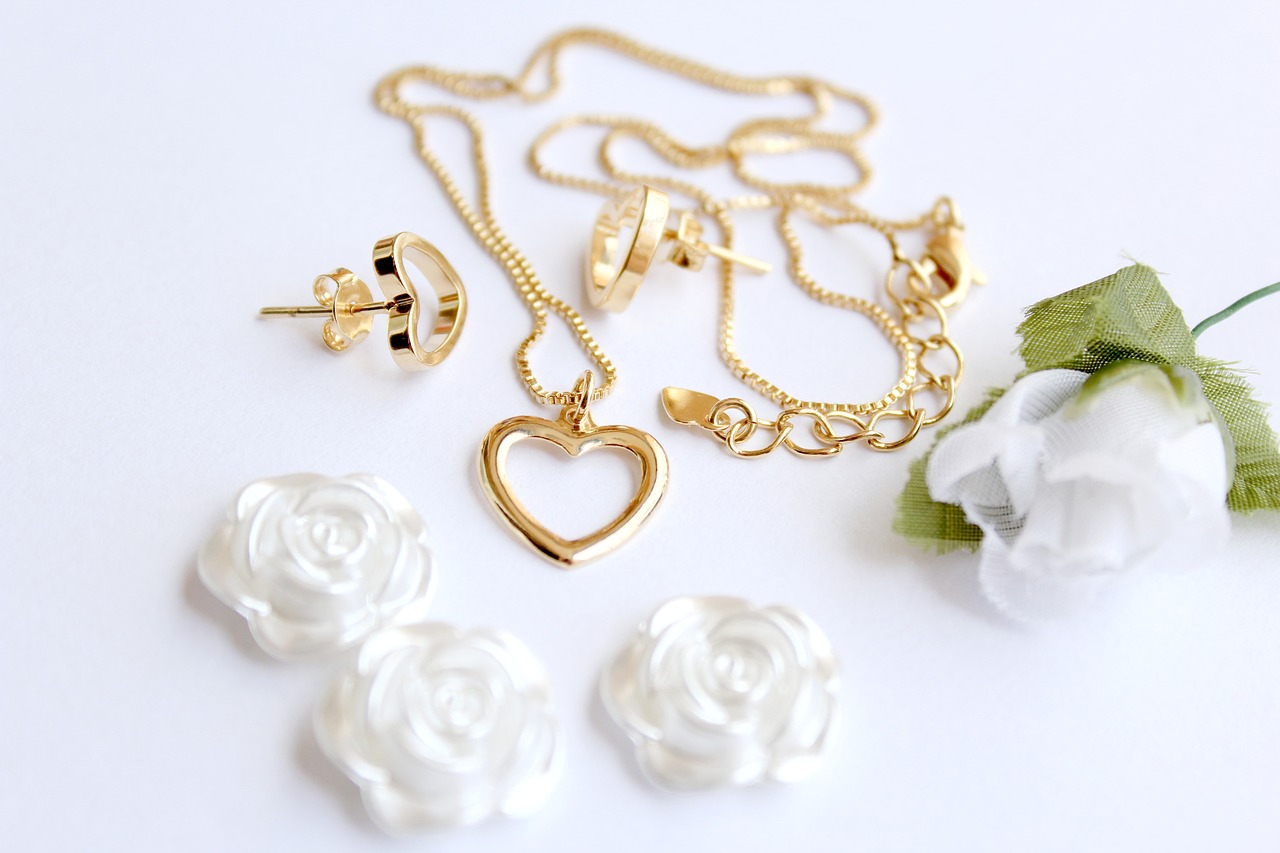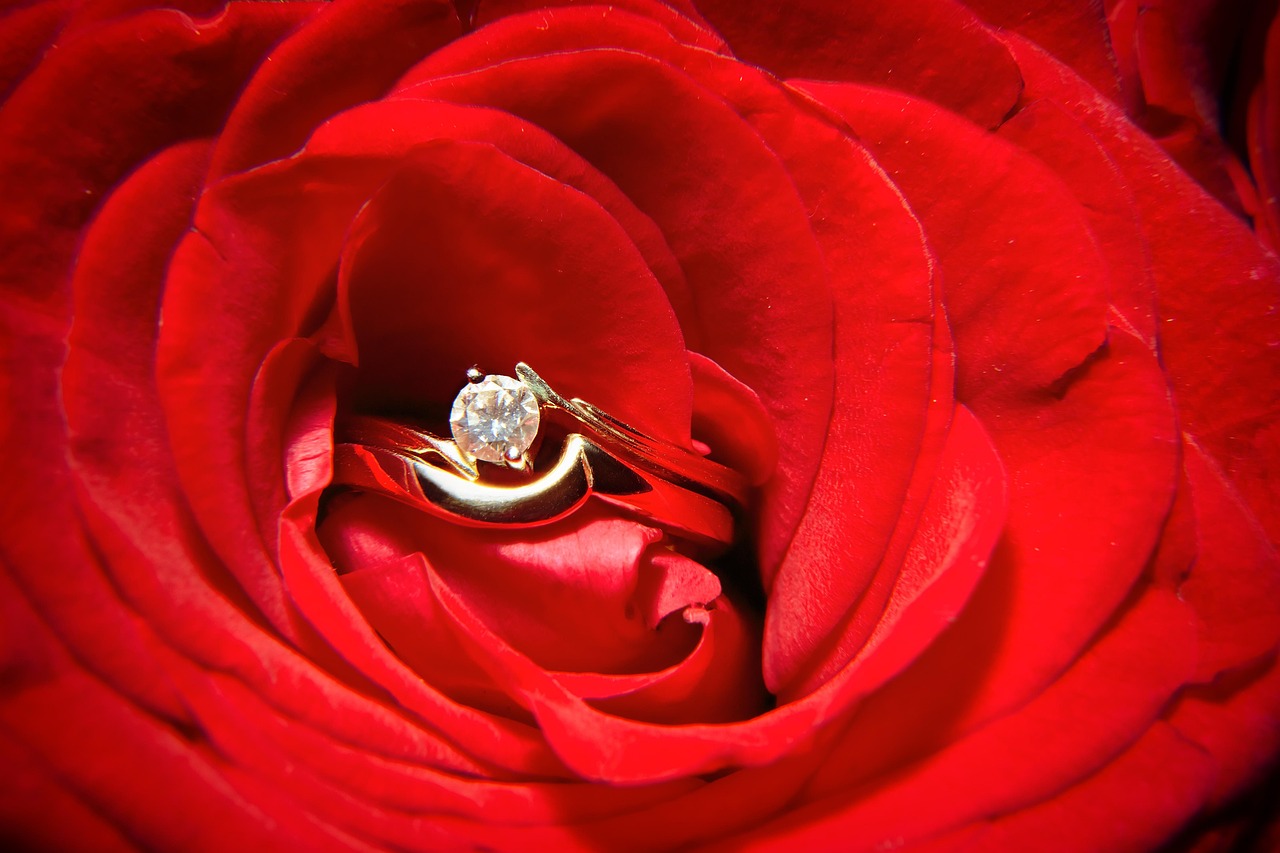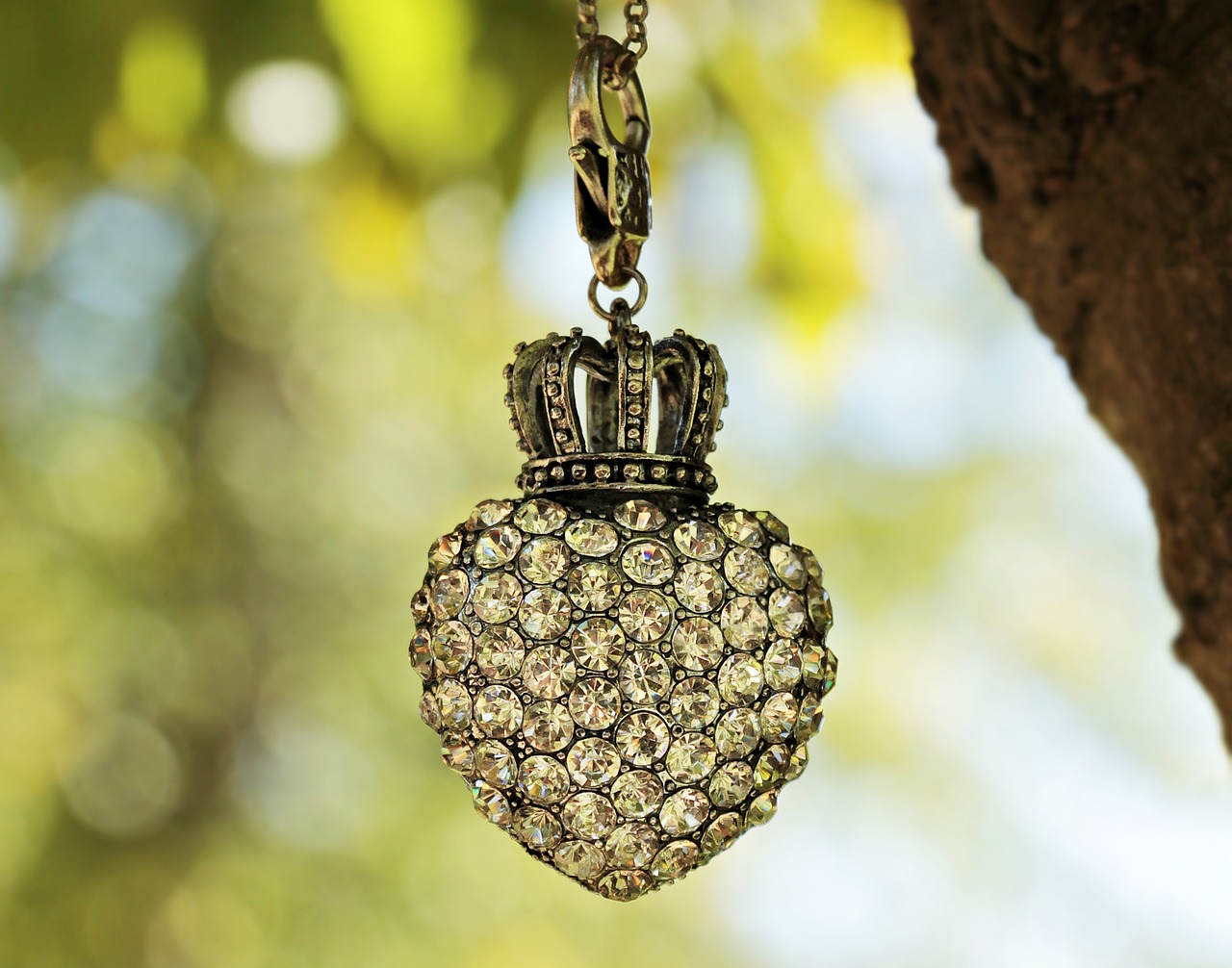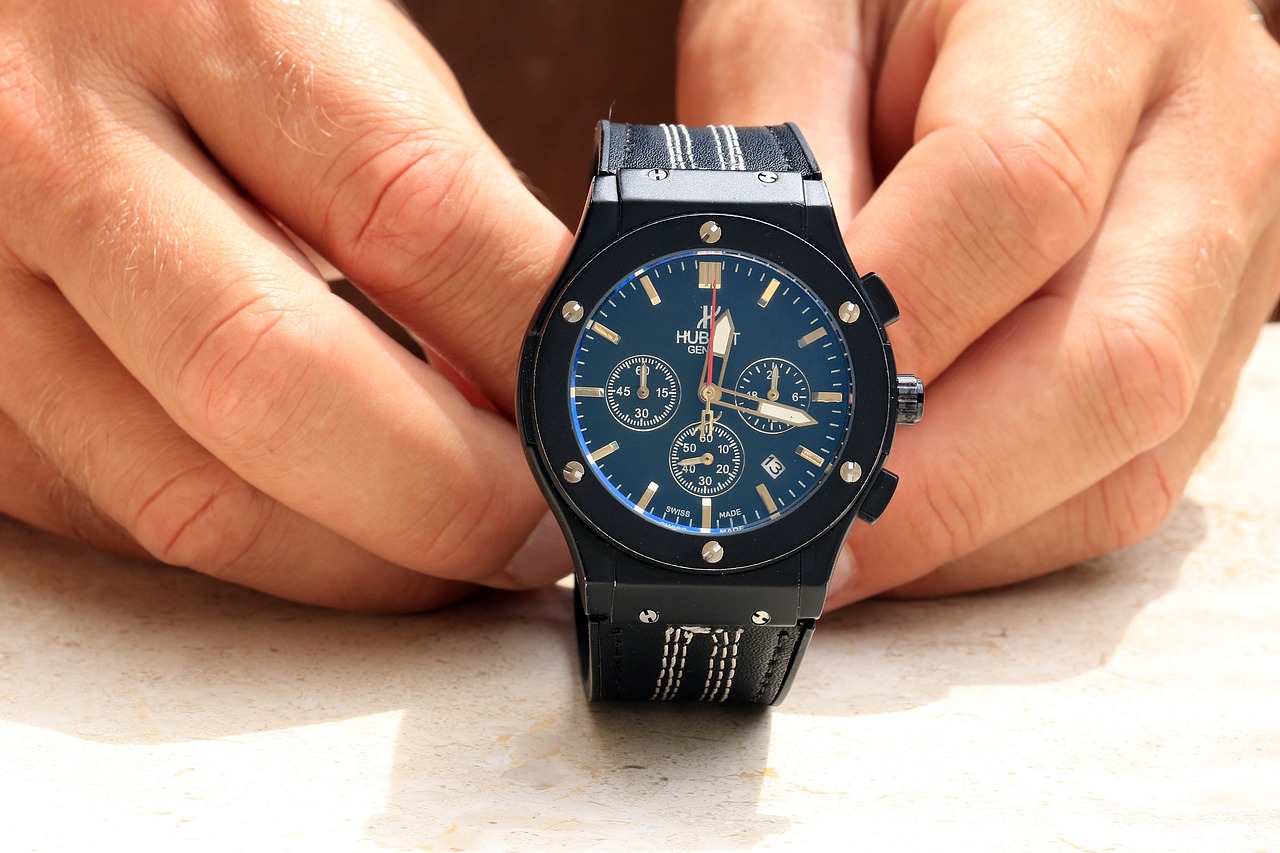Creating your own personalized jewelry at home is an exciting and rewarding endeavor. This article provides a comprehensive guide on how to craft unique pieces that reflect your style and personality. With the right materials, techniques, and a bit of creativity, you can embark on a fulfilling DIY journey that results in beautiful, one-of-a-kind jewelry.
To start your jewelry-making adventure, it’s essential to gather the right materials. Here’s a list of basic supplies you’ll need:
- Beads: Choose from a variety of materials such as glass, wood, or gemstones.
- Wire: Use jewelry wire for stringing beads and creating frameworks.
- Tools: Essential tools include pliers, wire cutters, and a bead mat to keep your workspace organized.
- Adhesives: Strong glue or resin can help secure components together.
Selecting a design that resonates with your personal style is crucial. Here are some tips:
- Brainstorm Ideas: Think about what inspires you, whether it’s nature, art, or personal experiences.
- Sketch Your Designs: Create rough sketches to visualize your ideas before starting.
Understanding various jewelry styles can inspire your design choices. Consider popular styles such as:
- Bohemian: Free-spirited designs often featuring natural materials.
- Minimalist: Simple and elegant pieces that focus on clean lines.
- Statement Pieces: Bold designs that make a strong impact.
Mastering essential techniques is vital for creating quality jewelry. Here are some fundamental skills to develop:
- Beading: A foundational technique that involves stringing beads onto wire or thread.
- Wire Wrapping: A method of securing beads and creating intricate designs using wire.
- Soldering: Useful for connecting metal pieces securely.
Adding a personal touch to your jewelry makes it unique. Consider these personalization methods:
- Engraving: Inscribe meaningful words or symbols onto metal pieces.
- Incorporating Birthstones: Use birthstones or charms that hold significance to you or your loved ones.
Finding inspiration can sometimes be challenging. Here are some resources to help:
- Social Media: Platforms like Instagram and Pinterest are excellent for discovering trends and ideas.
- Craft Websites: Explore blogs and tutorials that offer step-by-step guidance.
If you’re considering selling your creations, understanding effective marketing strategies is crucial. Here are some tips:
- Set Up an Online Storefront: Utilize platforms like Etsy or Shopify to showcase your jewelry.
- Promote on Social Media: Engage with your audience through posts, stories, and ads to build a loyal customer base.
By following these steps and utilizing the right materials and techniques, you can create stunning personalized jewelry at home. Embrace your creativity and enjoy the process of making beautiful pieces that tell your unique story.
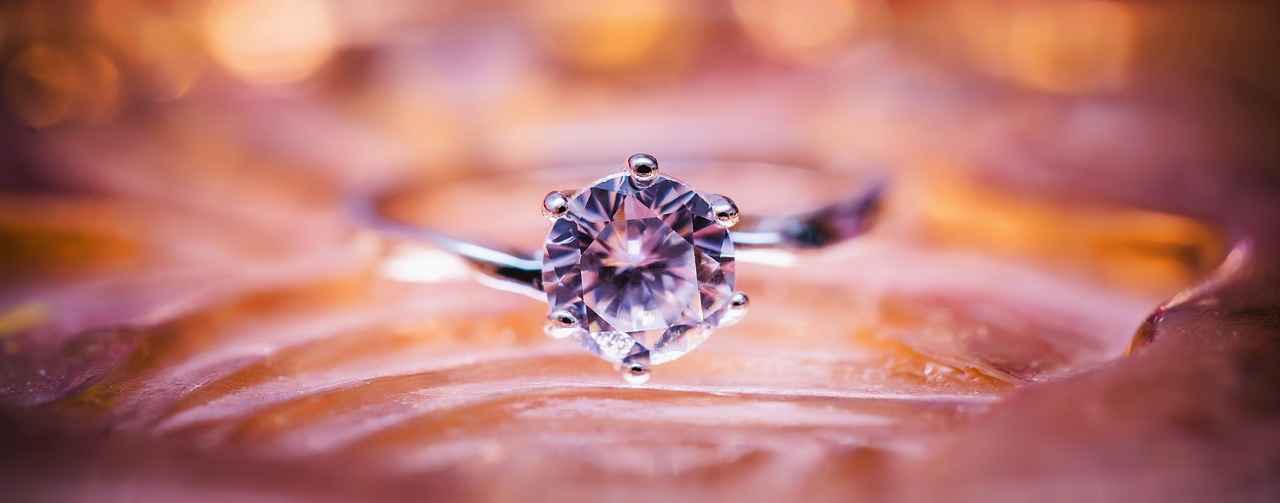
What Materials Do You Need for DIY Jewelry?
Creating your own jewelry can be a rewarding and fulfilling experience, but it all starts with understanding the essential materials needed for a successful DIY project. Whether you are a beginner or an experienced crafter, having the right supplies can make all the difference in your jewelry-making journey. This section will guide you through the basic materials required, ensuring you are well-equipped to unleash your creativity.
To embark on your jewelry-making adventure, you will need a variety of materials and tools. Below is a comprehensive list that covers the essentials:
- Beads: These come in various shapes, sizes, and materials. From glass and wood to gemstones, beads are the foundation of most jewelry pieces.
- Wires: Jewelry wires, including beading wire and craft wire, are crucial for stringing beads and creating structures.
- Tools: Basic tools such as pliers (round-nose, flat-nose, and wire cutters) are necessary for bending, cutting, and shaping wire.
- Clasps: These are essential for securing your jewelry pieces. Common types include lobster clasps, toggle clasps, and magnetic clasps.
- Adhesives: Strong glue, such as E6000 or jewelry adhesive, is vital for attaching components that cannot be strung or wired.
- Findings: Items like jump rings, headpins, and eye pins are crucial for connecting different parts of your jewelry.
- Stringing Material: This can include nylon thread, elastic cord, or silk thread, depending on the type of jewelry you are making.
In addition to these materials, consider the workspace where you will be creating your jewelry. A well-organized area with good lighting will enhance your crafting experience. You might also want to invest in a tool organizer to keep your supplies easily accessible.
As you gather your materials, think about the style of jewelry you wish to create. Different styles may require specific types of beads or findings. For instance, if you’re aiming for a bohemian look, you might lean towards natural stones and earthy colors, whereas a minimalist design may call for sleek metals and simple shapes.
Once you have your materials ready, it’s time to start crafting! Remember that the beauty of DIY jewelry lies in your creativity and personal touch. Don’t be afraid to experiment with different combinations of materials and techniques. As you gain experience, you’ll develop your own unique style that reflects your personality.
In summary, understanding the essential materials for DIY jewelry-making is crucial for success. With a solid foundation of supplies, tools, and a bit of creativity, you’ll be well on your way to creating beautiful, personalized pieces that you can wear or gift to loved ones.
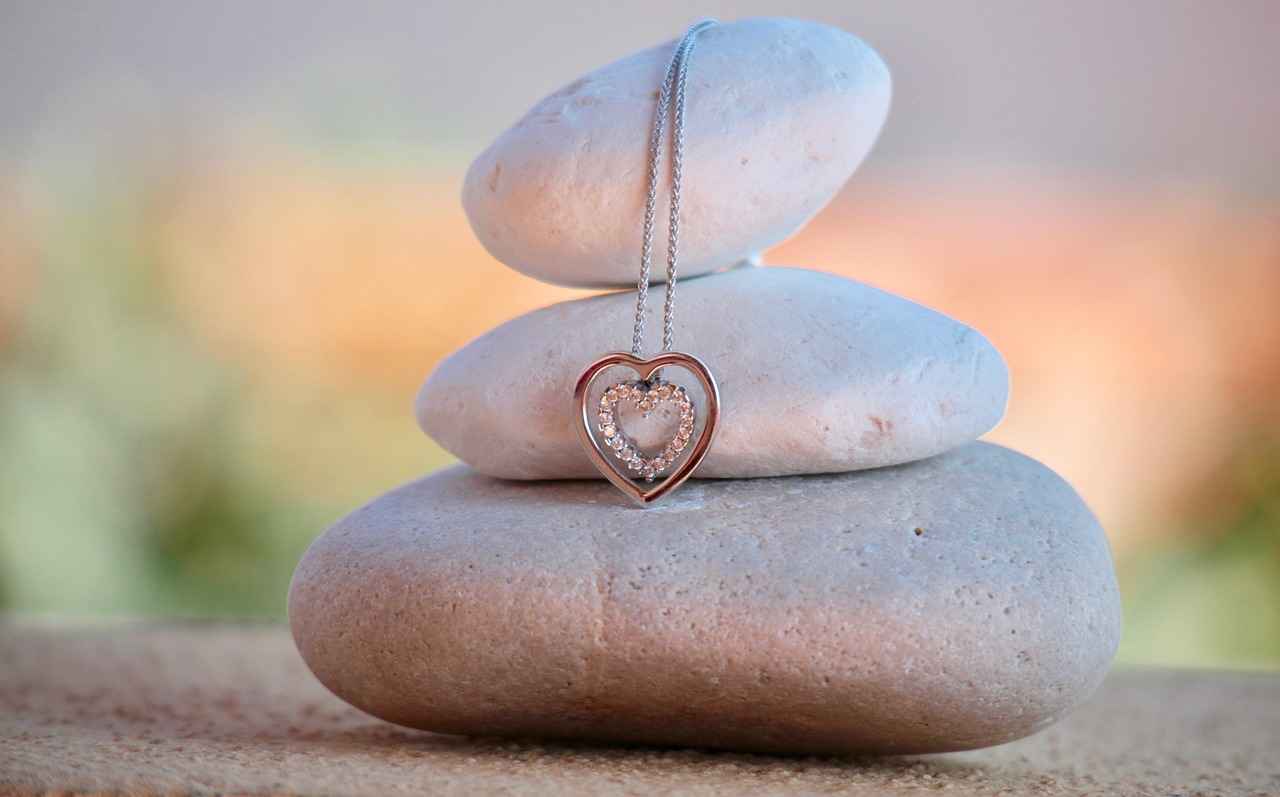
How to Choose the Right Jewelry Design?
Choosing the right jewelry design is a crucial step in the jewelry-making process. Your jewelry should not only be aesthetically pleasing but also a true reflection of your personality and style. In this section, we will explore effective methods to brainstorm ideas and sketch designs that resonate with your individual preferences.
Understanding your personal style is vital when creating jewelry. It allows you to select designs that resonate with you, ensuring that the pieces you create are not just beautiful but also meaningful. Consider the following points:
- Self-Expression: Jewelry is a form of self-expression. Your designs should tell your story and reflect your unique identity.
- Comfort: Choosing designs that align with your style will ensure that you feel comfortable and confident wearing your creations.
- Timelessness: When your jewelry reflects your true style, it will remain cherished and relevant, regardless of changing trends.
Brainstorming is an essential step in the design process. Here are some effective techniques to generate ideas:
- Mind Mapping: Start with a central theme or emotion you want to express, then branch out with related ideas, colors, and materials.
- Inspiration Boards: Create a visual collage of images, colors, and textures that inspire you. This can help clarify your vision.
- Doodle and Sketch: Don’t hesitate to sketch out your ideas, no matter how rough. This will help you visualize your concepts and refine them further.
When sketching your jewelry designs, keep the following elements in mind:
- Shape and Form: Consider the overall shape of the jewelry piece. Is it circular, angular, or organic? The form should complement your style.
- Color Palette: Choose colors that resonate with you. Whether you prefer bold hues or soft pastels, the right colors can enhance the design.
- Materials: Think about the materials you want to use. Different materials can evoke different feelings and styles.
Once you have a collection of sketches, it’s time to refine your ideas:
- Feedback: Share your designs with friends or fellow crafters to gain constructive feedback. This can provide new perspectives.
- Prototyping: Create a prototype of your design using inexpensive materials. This will help you understand the practicality of your concept.
- Iterate: Don’t be afraid to make changes. Iteration is key to developing a design that you truly love.
By taking the time to explore your personal style, brainstorm ideas, and refine your sketches, you will be well on your way to creating stunning jewelry that not only looks great but also feels authentic. Remember, the journey of designing jewelry is as important as the final product, so enjoy the creative process!
Exploring Different Jewelry Styles
When it comes to crafting your own jewelry, understanding various styles can greatly influence your design choices. Each style carries its own unique aesthetic and emotional appeal, allowing you to express your creativity and personality through your creations. This section delves into popular jewelry styles, including bohemian, minimalist, and statement pieces, providing you with inspiration and guidance for your DIY projects.
- Bohemian Style: The bohemian style is characterized by its free-spirited and eclectic nature. Often incorporating natural materials such as stones, wood, and leather, bohemian jewelry reflects a love for nature and individuality. Layered necklaces, oversized earrings, and chunky bracelets are hallmarks of this style. When creating bohemian pieces, feel free to mix and match colors and textures to achieve a look that is uniquely yours.
- Minimalist Style: In contrast to the bohemian aesthetic, minimalist jewelry emphasizes simplicity and elegance. This style typically features clean lines, geometric shapes, and a limited color palette. Minimalist pieces are often made from high-quality materials like gold, silver, or platinum. When designing minimalist jewelry, focus on creating pieces that are versatile and can be worn for various occasions, enhancing the wearer’s natural beauty without overwhelming it.
- Statement Pieces: Statement jewelry is all about making an impact. These bold designs often feature large gemstones, intricate patterns, or unique shapes that draw attention. Statement pieces can be worn to elevate a simple outfit or to express a particular mood or theme. When crafting statement jewelry, consider using vibrant colors and unexpected materials to create something truly eye-catching.
As you explore these different styles, think about how they resonate with your personal taste and the message you want to convey through your jewelry. Each style offers a unique way to express your creativity and can serve as a foundation for your designs. Don’t hesitate to combine elements from different styles to create something that is entirely your own.
In addition to these popular styles, consider the significance of cultural influences in jewelry design. Many cultures around the world have their own traditional styles that can serve as inspiration. Researching these styles can provide you with a deeper understanding of the art of jewelry making and enrich your own designs.
Ultimately, the key to creating beautiful jewelry lies in your ability to draw inspiration from various sources, including different styles, nature, and art. By doing so, you will not only enhance your skills but also develop a distinctive aesthetic that reflects who you are as a designer.
Why Consider Trendy vs. Classic Designs?
When it comes to jewelry design, the choice between trendy and classic styles can significantly impact your collection. Each approach has its distinct advantages and disadvantages, making it essential to understand how they can complement your personal aesthetic and jewelry-making goals.
What Are Trendy Designs?
Trendy designs are often characterized by their contemporary appeal and alignment with current fashion movements. These pieces frequently incorporate bold colors, unique shapes, and innovative materials that reflect the latest trends in the fashion world. However, while trendy pieces can make a striking statement, they may also have a shorter lifespan in terms of popularity.
- Pros of Trendy Designs:
- Stay current with fashion, attracting attention.
- Encourage creativity and experimentation in design.
- Can be less expensive to produce using readily available materials.
- Cons of Trendy Designs:
- May quickly go out of style, leading to decreased value.
- Can be less versatile, limiting wearability across different occasions.
- Risk of becoming overly saturated in the market.
What Are Classic Designs?
Classic designs, on the other hand, are timeless and often feature elegant simplicity that transcends trends. They typically utilize traditional materials like gold, silver, and gemstones, resulting in pieces that can be cherished for generations. Classic jewelry often embodies a sense of heritage and lasting beauty, making it a staple in any jewelry collection.
- Pros of Classic Designs:
- Timeless appeal ensures longevity in style and value.
- Versatile enough for various occasions, from casual to formal.
- Often seen as a worthwhile investment due to enduring popularity.
- Cons of Classic Designs:
- Can be perceived as less exciting or innovative.
- May require a higher initial investment in quality materials.
- Risk of being overshadowed by more contemporary designs.
How to Balance Both Styles?
Integrating both trendy and classic designs into your jewelry collection can create a well-rounded selection that appeals to a broader audience. Consider incorporating trendy elements into classic designs, such as using current color palettes or innovative techniques while maintaining the timeless structure of classic pieces. This approach allows you to enjoy the best of both worlds, ensuring your collection remains fresh and relevant.
Ultimately, the decision to lean towards trendy or classic designs should align with your personal style and the message you wish to convey through your jewelry. By understanding the strengths and weaknesses of each, you can make informed choices that enhance your collection and satisfy your creative impulses.
How to Use Inspiration from Nature and Art?
When it comes to creating personalized jewelry, nature and art offer a wealth of inspiration that can transform your designs into unique masterpieces. Drawing from the beauty of the natural world and the creativity of artistic expression allows you to infuse your pieces with personal meaning and aesthetic appeal. Here are some effective ways to harness these elements in your jewelry-making journey.
1. Observe Natural Patterns and Textures
Nature is filled with intricate patterns and textures that can inspire your designs. From the veins of leaves to the shapes of flowers, the organic forms found in the environment can guide your choice of materials and shapes. Consider collecting natural elements like pebbles, shells, or dried flowers, which can be incorporated into your jewelry or serve as a model for your designs.
2. Explore Color Palettes Inspired by Nature
The colors found in nature can evoke emotions and set the tone for your jewelry pieces. Think about the vibrant hues of a sunset or the soft pastels of spring blossoms. Create a color palette inspired by your favorite natural scenes, and select beads, stones, and materials that reflect these colors. This technique will help you create harmonious and visually appealing designs.
3. Utilize Artistic Techniques
Art is a broad field that encompasses various techniques and styles. Look into different artistic movements—such as Impressionism, Abstract, or Art Deco—for inspiration. You can adopt specific techniques, such as layering or texturing, in your jewelry design. For instance, using resin to encapsulate artistic elements or employing metal stamping to create intricate designs can elevate your pieces.
4. Attend Local Art Exhibitions
Visiting art galleries and exhibitions can be a fantastic way to spark your creativity. Observe how artists interpret themes and concepts through their work. Take notes on what resonates with you and consider how you can translate those ideas into jewelry. You might find inspiration in the forms or concepts presented in various art pieces.
5. Create a Mood Board
Gather images, colors, and textures from both nature and art to create a mood board. This visual representation will serve as a constant source of inspiration throughout your jewelry-making process. Include photographs of nature, snippets of artwork, and even fabric swatches that capture the essence of your envisioned designs. A mood board can help clarify your vision and keep you focused on your creative goals.
6. Incorporate Symbolism
Many elements in nature and art carry symbolic meanings. For example, birds often symbolize freedom, while flowers can represent love or new beginnings. Consider incorporating these symbols into your jewelry to add layers of meaning. This not only personalizes your pieces but also creates a connection between the wearer and the jewelry.
7. Experiment with Mixed Media
Don’t be afraid to experiment with mixed media in your jewelry. Combine traditional materials like metal and beads with unexpected elements like fabric or clay. This approach allows you to explore various textures and forms, resulting in truly unique pieces that stand out.
By embracing the inspiration offered by nature and art, you can create personalized jewelry that reflects your individuality and artistic vision. Remember to keep an open mind and enjoy the creative process as you explore these rich sources of inspiration.
Sketching Your Jewelry Ideas
Sketching is a fundamental step in the jewelry-making process, acting as a blueprint for your creative vision. This section will delve into the importance of sketching your jewelry ideas, provide practical techniques for effective sketching, and guide you on how to translate your concepts into tangible designs.
Sketching your ideas is not just about putting pencil to paper; it’s about visualizing your concepts before committing to materials. By creating sketches, you can:
- Clarify your vision: Sketching helps you articulate your ideas clearly, allowing you to explore various designs without the pressure of immediate execution.
- Identify potential issues: A sketch can reveal design flaws or impractical elements that may not be apparent until you start working with physical materials.
- Enhance creativity: The act of sketching can inspire new ideas and variations, leading to innovative designs you might not have considered initially.
To effectively translate your ideas into sketches, consider the following techniques:
- Start with basic shapes: Break down your design into simple geometric forms. This makes it easier to visualize proportions and layout.
- Use references: Don’t hesitate to look at existing jewelry pieces for inspiration. Analyze what you like about them and incorporate those elements into your sketches.
- Experiment with styles: Try different styles, such as minimalist, vintage, or modern, to see which resonates with your vision.
Having the right tools can significantly enhance your sketching process. Here are some essentials:
- Pencils: Use a range of pencils, from hard to soft, to achieve different line qualities.
- Paper: Choose high-quality sketch paper that can handle erasing and shading.
- Colored pencils or markers: Adding color can help you visualize materials and finishes.
Once you have your sketches, the next step is to bring them to life. Here’s how:
- Choose your materials: Based on your sketches, select the appropriate materials that match your design vision.
- Create a prototype: Start with a rough version of your design. This allows you to make adjustments before finalizing your piece.
- Seek feedback: Share your sketches and prototypes with friends or fellow crafters to gather input and improve your designs.
In conclusion, sketching is an invaluable tool in the jewelry-making process. It allows you to explore your creativity, visualize your ideas, and create a solid plan for your designs. By mastering the art of sketching, you’ll not only enhance your jewelry-making skills but also ensure that your creations are both unique and personal.
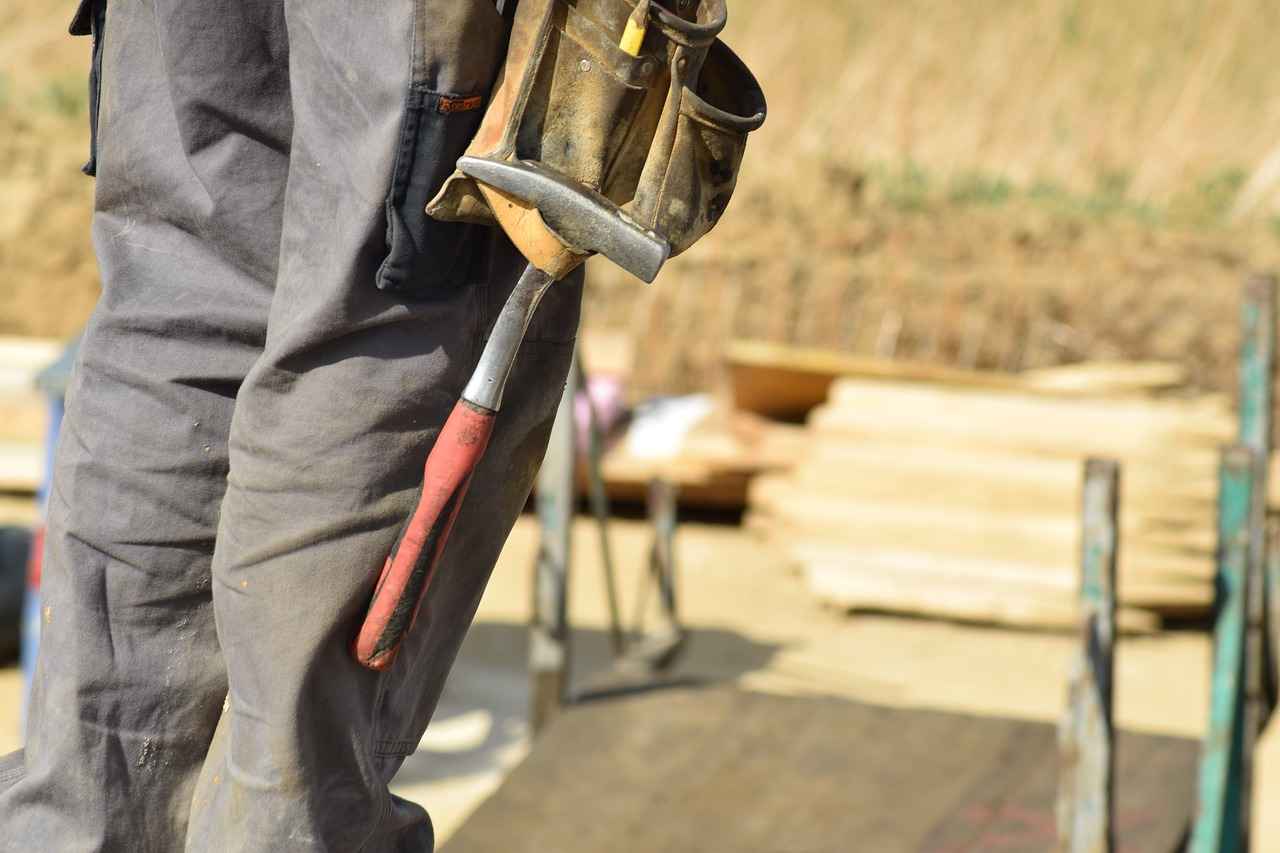
What Techniques Should You Learn for Jewelry Making?
Creating stunning jewelry pieces requires a solid foundation in various techniques. Mastering essential techniques is vital for creating quality jewelry that not only looks beautiful but also stands the test of time. This section covers fundamental skills such as beading, wire wrapping, and soldering to enhance your craftsmanship and help you express your unique style.
Understanding and mastering jewelry-making techniques is crucial for both beginners and seasoned crafters. These skills not only improve your ability to create but also give you the confidence to experiment and innovate. By honing your techniques, you can achieve a professional finish, making your pieces more appealing to potential buyers or simply for personal satisfaction.
- Beading: This is one of the simplest and most enjoyable techniques. It involves stringing beads onto a wire or thread to create necklaces, bracelets, and earrings. Beginners can start with simple patterns and gradually experiment with more complex designs.
- Wire Wrapping: This technique is perfect for adding decorative elements to your jewelry. It involves using wire to create loops and spirals around beads or stones, offering a unique and artistic flair. It’s a great way to incorporate various materials into your designs.
- Soldering: For those looking to work with metal, soldering is an invaluable skill. This technique involves melting metal to join pieces together, allowing for more intricate designs. While it requires more practice and the right tools, mastering soldering can significantly elevate your jewelry-making capabilities.
Once you’ve mastered the basics, you may want to explore advanced techniques that can take your jewelry to the next level:
- Metal Stamping: This technique allows you to personalize your pieces with names, dates, or meaningful words. Using metal stamps, you can create custom designs that resonate with the wearer.
- Resin Casting: A popular method for creating unique designs, resin casting involves pouring resin into molds along with various inclusions like flowers or glitter. This technique can yield stunning and one-of-a-kind pieces.
Combining different techniques can lead to innovative and eye-catching designs. For example, you can incorporate wire wrapping into your soldered pieces or add beads to your resin casts. Experimenting with various combinations allows for endless creativity and personalization.
- Start Simple: Begin with basic projects that allow you to practice your chosen techniques without overwhelming yourself.
- Follow Tutorials: There are countless resources available online, including video tutorials and step-by-step guides that can help you learn and refine your skills.
- Join a Community: Engaging with other jewelry makers can provide support, inspiration, and valuable feedback on your work.
By dedicating time to learn and practice these essential techniques, you will not only enhance your craftsmanship but also unlock your creative potential in jewelry making. Embrace the journey and enjoy every moment of creating beautiful, personalized pieces.
Beading Techniques for Beginners
Beading is a fundamental skill in the world of jewelry making. It opens up a realm of creativity, allowing you to craft unique pieces that reflect your personal style. Whether you are looking to create simple bracelets or intricate necklaces, mastering basic beading techniques will set you on the right path to becoming a proficient jewelry maker.
What Are the Basic Beading Techniques?
- Stringing Beads: This is the most straightforward technique, where beads are threaded onto a string, wire, or cord. You can use various materials, such as nylon, silk, or elastic, depending on the desired outcome.
- Using Crimp Beads: Crimp beads are small metal tubes that help secure your beads in place. After stringing your beads, you can use pliers to flatten the crimp bead, ensuring that your design stays intact.
- Creating Loops: Making loops at the ends of your beading wire can help attach clasps or additional components. This technique is essential for finishing your jewelry pieces and ensuring they are wearable.
- Knots: For elastic bracelets, tying knots is crucial. A well-tied knot keeps your beads from sliding off and ensures your piece remains secure.
What Tools Do You Need for Beading?
To get started with beading, you’ll need a few essential tools:
- Beading Needle: A thin needle designed for threading beads, especially useful for smaller holes.
- Wire Cutters: These are necessary for cutting your beading wire to the desired length.
- Pliers: Round-nose pliers are ideal for creating loops, while flat-nose pliers help with crimping and holding components in place.
- Bead Mat: A soft surface that prevents beads from rolling away and provides a comfortable workspace.
How to Choose Your Beads?
Choosing the right beads can significantly impact the overall look of your jewelry. Here are some tips:
- Material: Beads come in various materials, including glass, wood, metal, and gemstones. Each material offers a different aesthetic and weight.
- Size: Consider the size of your beads in relation to your design. Larger beads can serve as focal points, while smaller beads can create intricate patterns.
- Color: Color combinations can evoke different emotions. Experiment with contrasting and complementary colors to create visually appealing designs.
What Are Some Simple Beading Projects for Beginners?
Once you’ve mastered the basics, try these simple projects to enhance your skills:
- Beaded Bracelets: Start with a simple elastic bracelet using a mix of colorful beads.
- Necklaces: Create a layered necklace by stringing different lengths of beads on various strands.
- Earrings: Make matching earrings by attaching beads to earring hooks using headpins.
Where to Find Beading Inspiration?
Inspiration for your beading projects can come from various sources:
- Social Media: Platforms like Instagram and Pinterest are filled with creative ideas and tutorials.
- Craft Blogs: Many bloggers share their beading experiences, providing tips and project ideas.
- Local Craft Stores: Visiting a craft store can spark ideas as you browse through different materials and tools.
By mastering these essential beading techniques and exploring your creativity, you can embark on a fulfilling journey in jewelry making. Remember, practice is key, and the more you experiment, the more unique and beautiful your pieces will become!
Advanced Techniques for Experienced Crafters
When it comes to jewelry making, mastering the basics is just the beginning. For those with a bit more experience, advanced techniques can significantly elevate your work, allowing you to create pieces that are not only unique but also exude a professional quality. This section introduces some of the most exciting methods available, including metal stamping and resin casting, which can help you produce stunning and personalized jewelry.
Metal stamping is a technique that involves using a metal stamp to imprint designs, letters, or patterns onto metal surfaces. This method allows for high customization of your pieces, enabling you to add names, dates, or meaningful quotes to your jewelry. It’s a fantastic way to create personalized gifts or keepsakes. Here’s a brief overview of how to get started:
- Gather Your Tools: You will need metal stamps, a hammer, a metal blank, and a sturdy surface.
- Choose Your Design: Plan your design carefully. Use a ruler to mark where you want to stamp.
- Stamping Technique: Position the stamp on the metal blank and strike it firmly with the hammer. Repeat as necessary to achieve the desired depth.
- Finishing Touches: Clean up any rough edges and consider adding a patina for an aged look.
Resin casting is another innovative technique that allows you to create beautiful pieces with depth and color. This method involves pouring liquid resin into a mold, where it hardens into a solid form. The possibilities are almost endless, as you can embed items like flowers, glitter, or even small charms within the resin. Here’s how you can dive into resin casting:
- Choose Your Mold: Silicone molds are ideal for jewelry making as they are flexible and easy to work with.
- Prepare the Resin: Follow the instructions carefully to mix the resin and hardener. Make sure to wear gloves and work in a well-ventilated area.
- Embedding Objects: If you want to include items in your resin, place them in the mold before pouring the resin.
- Pouring and Curing: Pour the resin slowly to avoid bubbles and let it cure according to the manufacturer’s instructions.
Utilizing advanced techniques like metal stamping and resin casting can transform your jewelry-making journey. Not only do they allow for greater creativity and expression, but they also enable you to produce pieces that stand out in a crowded market. Whether you’re crafting for personal enjoyment or considering selling your creations, these methods can enhance your offerings significantly.
Incorporating these advanced techniques into your repertoire not only boosts your skill set but also opens up a world of possibilities for unique jewelry designs. So, gather your materials, unleash your creativity, and start experimenting with these exciting methods!
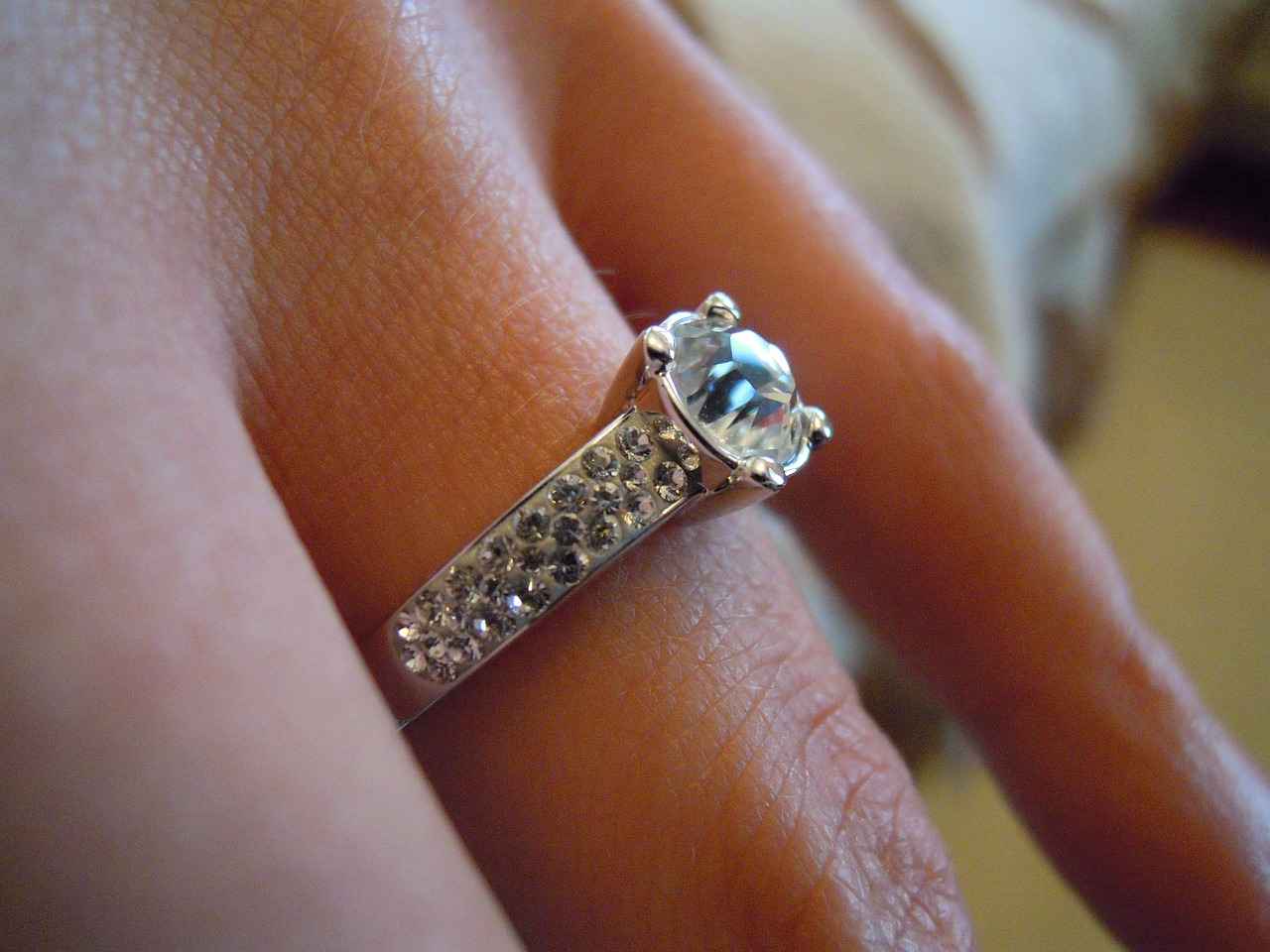
How to Personalize Your Jewelry Pieces?
Personalization adds a unique flair to any piece of jewelry, transforming it from a mere accessory into a cherished keepsake. This section will explore various methods to incorporate personal elements into your designs, allowing you to express your individuality and create meaningful pieces.
- Initials and Names: Adding initials or names is a classic way to personalize jewelry. Consider using pendants or name bracelets to showcase your or a loved one’s name.
- Meaningful Symbols: Integrating symbols that hold personal significance, such as hearts, stars, or even zodiac signs, can make your jewelry unique. These symbols can represent important events or relationships in your life.
- Engraving: Engraving is a timeless technique that allows you to add a special message or date to your jewelry. This could be a wedding date, a motivational phrase, or a simple “I love you.”
- Birthstones: Incorporating birthstones into your designs can infuse personal meaning. Choose stones that represent you or your loved ones, adding color and significance to the piece.
- Charms: Charms are versatile elements that can be added to bracelets, necklaces, or earrings. Select charms that resonate with your personality or commemorate special moments.
Personalization not only enhances the aesthetic appeal of jewelry but also creates a strong emotional connection. When you wear or gift personalized jewelry, it tells a story and reflects personal experiences. This emotional value often makes personalized pieces more cherished than generic items.
Engaging in DIY jewelry-making allows you to have complete control over the personalization process. Here are some techniques you can use:
- Hand Stamping: This technique involves using metal stamps to imprint letters or designs onto metal pieces. It’s a straightforward way to create custom messages.
- Resin Casting: If you want to incorporate small items or photographs, consider using resin casting. This method can encapsulate meaningful objects, creating a unique piece.
- Wire Wrapping: Wire wrapping techniques can be used to create intricate designs that incorporate personal elements, such as initials or symbols using wire.
Finding inspiration is crucial for creating personalized jewelry. Here are some sources to consider:
- Social Media: Platforms like Instagram and Pinterest are rich in creative ideas. Search for hashtags related to personalized jewelry to discover trends and styles.
- Craft Blogs: Many craft blogs offer tutorials and inspiration for DIY projects. Following these blogs can provide you with new techniques and design ideas.
- Local Artisan Markets: Visiting local markets can expose you to unique designs and materials. Engaging with artisans can also spark new ideas.
In summary, personalizing your jewelry pieces not only enhances their beauty but also adds layers of meaning that resonate deeply with the wearer. By utilizing various techniques and drawing inspiration from diverse sources, you can create stunning, personalized jewelry that tells your unique story.
Using Engraving and Stamping Techniques
Engraving and stamping are two powerful techniques that can elevate your DIY jewelry projects from ordinary to extraordinary. These methods allow you to add a personal touch to your creations, making them perfect for gifts or keepsakes. In this section, we will explore how to effectively apply these techniques to create memorable pieces that truly reflect your style.
- Understanding Engraving: Engraving involves carving designs or text into the surface of a material, such as metal, wood, or acrylic. This technique can be used to create intricate patterns or to add personal messages, making your jewelry unique.
- Exploring Stamping: Stamping, on the other hand, involves using a metal stamp to imprint designs or letters onto a surface. This method is often quicker than engraving and is perfect for adding initials, dates, or symbols to your jewelry.
Choosing the Right Tools
To get started with engraving and stamping, you will need the right tools. For engraving, consider using:
- Engraving Pen or Tool: A handheld tool that allows for precision work on various materials.
- Engraving Plates: These are typically made of metal or wood and serve as the canvas for your designs.
For stamping, you will need:
- Metal Stamps: These come in various shapes and sizes, allowing you to create letters, numbers, and symbols.
- Hammer: A sturdy hammer is essential for applying the right amount of force when stamping.
Techniques for Success
When using engraving and stamping techniques, practice is key. Start with simple designs to build your confidence. Here are some tips:
- Plan Your Design: Before you begin, sketch your design on paper. This will help you visualize the final product and ensure proper placement on the jewelry piece.
- Test on Scrap Material: Always practice on scrap pieces of the same material to refine your technique and avoid costly mistakes.
- Apply Even Pressure: When stamping, ensure that you apply even pressure to avoid uneven impressions.
Personalization Ideas
Engraving and stamping open up endless possibilities for personalization. Consider these ideas:
- Initials or Names: Adding initials or names can make a piece feel more intimate.
- Dates: Commemorate special occasions by engraving significant dates.
- Inspirational Quotes: Short quotes or phrases can serve as daily reminders and add a meaningful touch to your jewelry.
By mastering engraving and stamping techniques, you can transform simple designs into personalized treasures that tell a story. Whether you are creating a one-of-a-kind gift or a cherished piece for yourself, these methods will enhance your DIY jewelry-making experience.
Incorporating Birthstones and Charms
Incorporating birthstones and charms into your jewelry designs can significantly enhance their sentimental value and personal touch. These elements not only add beauty but also convey deep meanings that resonate with the wearer. In this section, we will explore how to effectively select and integrate these components into your jewelry, ensuring your creations are both meaningful and stylish.
Birthstones are gemstones that correspond to each month of the year, each with its own unique symbolism and properties. For instance, January’s garnet is believed to symbolize protection, while September’s sapphire represents wisdom. When you incorporate a birthstone into your jewelry, you are not just adding color; you are also infusing it with the meaning associated with that stone.
- Consider the Recipient: If you are creating a piece for someone else, think about their birth month and the qualities they value.
- Think About Color: Choose a birthstone that complements the overall color scheme of your design.
- Explore Personal Connections: Some stones may hold personal significance beyond their birth month, such as a stone linked to a cherished memory.
Charms are versatile components that can add a playful or elegant touch to your jewelry. They can represent hobbies, interests, or milestones. When selecting charms, consider the following:
- Symbolism: Choose charms that have personal meaning, such as a heart for love or a star for aspirations.
- Size and Scale: Ensure that the charm’s size is proportionate to the other elements in your design.
- Material Harmony: Make sure the materials of the charms match or complement those used in the rest of your jewelry.
Once you have selected your birthstones and charms, the next step is to incorporate them into your jewelry effectively. Here are some techniques:
1. **Beading:** Use birthstones as focal points in beaded necklaces or bracelets.2. **Wire Wrapping:** Secure charms and birthstones with wire wrapping techniques for a more intricate design.3. **Layering:** Combine multiple charms and birthstones in a layered necklace for a trendy, personalized look.
Incorporating birthstones and charms allows you to create jewelry that tells a story or commemorates a special moment. Whether you are crafting for yourself or as a gift, these elements can transform your pieces into cherished keepsakes. Remember to choose components that resonate with you or the recipient, ensuring that every piece is not only beautiful but also deeply meaningful.
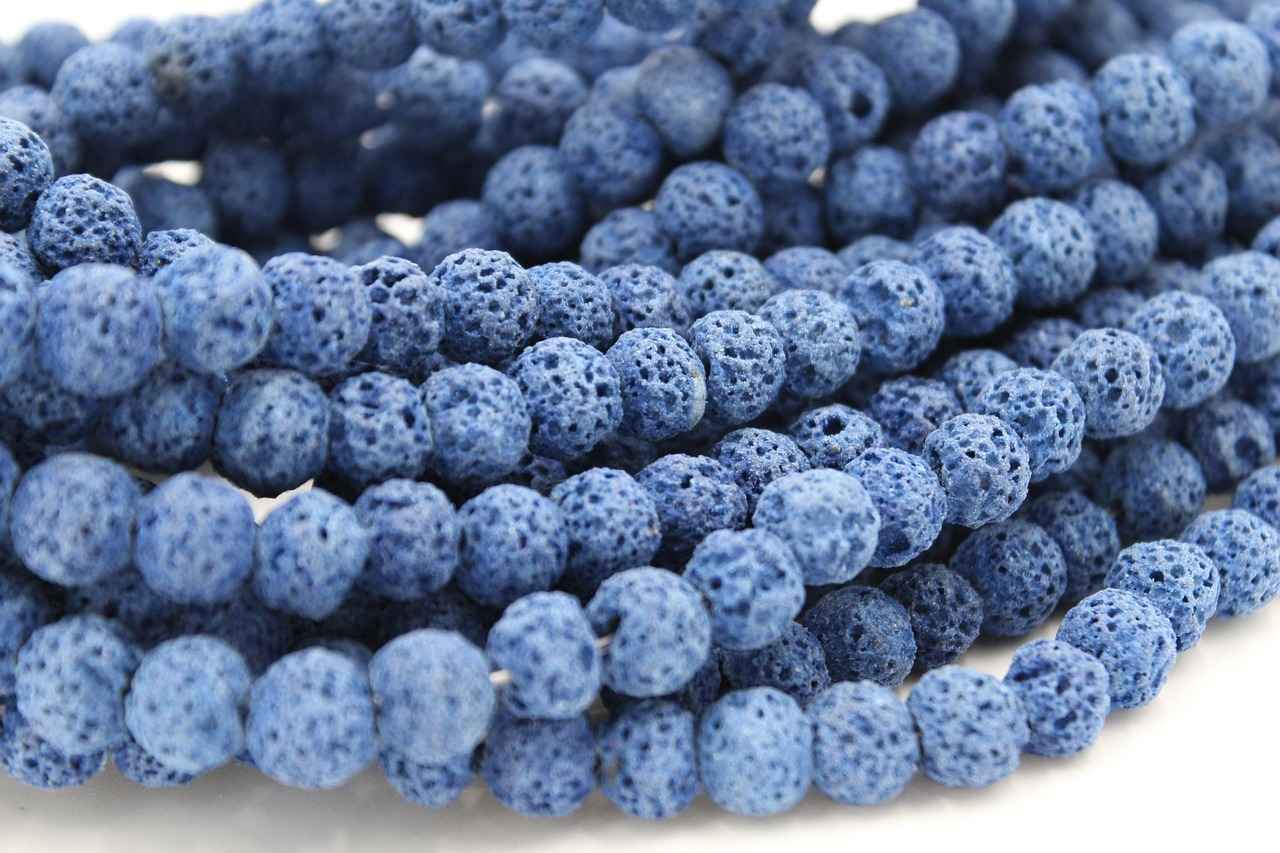
Where to Find Inspiration for Your DIY Jewelry?
Finding inspiration for your DIY jewelry projects can often feel like a daunting task. However, with the right resources and platforms at your disposal, you can easily unlock your creativity and discover unique ideas. This section will guide you through various avenues to explore, including social media platforms, craft websites, and local artisan markets, each serving as a wellspring of inspiration.
Social media is a vibrant hub for creative expression, and it offers countless opportunities to find inspiration for your jewelry designs. Platforms like Instagram and Pinterest are particularly beneficial:
- Instagram: Follow jewelry designers, hashtags like #DIYJewelry, and engage with the community. You can discover innovative styles and techniques through posts and stories.
- Pinterest: Use Pinterest to create boards dedicated to your jewelry ideas. You can save images, tutorials, and infographics that resonate with your vision.
Additionally, consider joining Facebook groups or Reddit communities focused on jewelry making. These platforms allow you to connect with other crafters, share your work, and exchange ideas.
Numerous craft websites and blogs offer detailed tutorials and inspiration for DIY jewelry makers. Some popular sites include:
- Beadaholique: This site provides a plethora of tutorials, videos, and materials for jewelry making.
- Craftsy: Here, you can find classes and projects that cater to various skill levels, from beginners to advanced crafters.
- Jewelry Making Journal: This blog features articles on techniques, materials, and creative ideas that can spark your imagination.
These resources not only provide step-by-step instructions but also showcase the work of other artisans, giving you a broader perspective on design possibilities.
Local artisan markets are treasure troves of inspiration. Visiting these markets allows you to see handmade jewelry up close, providing insight into craftsmanship and design:
- Connect with artisans: Engage with local jewelry makers, ask about their techniques, and learn about their creative processes.
- Discover unique materials: Markets often feature one-of-a-kind beads, stones, and findings that can inspire your next project.
- Participate in workshops: Many markets offer workshops where you can learn new techniques and create alongside experienced crafters.
Don’t overlook the beauty of the natural world and artistic creations around you. Nature provides an endless source of inspiration, from the colors of a sunset to the intricate patterns found in leaves and flowers. Consider taking a walk in a park or visiting a botanical garden to gather ideas.
Art, whether in the form of paintings, sculptures, or even architecture, can also fuel your creativity. Visiting museums or galleries can help you observe color combinations, shapes, and textures that you can translate into your jewelry designs.
Online communities dedicated to jewelry making can be invaluable for finding inspiration. Websites like Craftster and Instructables allow users to share their projects, ask for advice, and inspire one another. Engaging with these communities can help you stay motivated and connected to the larger crafting world.
In conclusion, finding inspiration for your DIY jewelry projects is not only about seeking out resources but also about immersing yourself in a community of crafters. By utilizing social media, exploring craft websites, visiting local markets, and engaging with nature and art, you can cultivate a wealth of ideas that will enhance your jewelry-making journey.
Utilizing Social Media Platforms
In today’s digital age, social media serves as an invaluable resource for anyone looking to explore the world of DIY jewelry making. Platforms like Instagram and Pinterest not only offer a wealth of visual inspiration but also foster connections among jewelry enthusiasts. Understanding how to effectively utilize these platforms can significantly enhance your creative journey.
Social media platforms are more than just social networking sites; they are vibrant communities where creativity thrives. On Instagram, you can follow skilled artisans and discover their unique styles, while Pinterest allows you to create boards filled with ideas that resonate with your personal aesthetic. This visual-centric approach makes it easier than ever to gather inspiration for your own designs.
- Follow Influential Creators: Start by following jewelry designers and DIY enthusiasts who inspire you. Their posts can provide insights into current trends, techniques, and materials.
- Engage with the Community: Don’t hesitate to comment on posts or ask questions. Engaging with fellow jewelry lovers can lead to valuable tips and collaborations.
- Utilize Hashtags: Explore hashtags like #DIYJewelry, #JewelryMaking, and #HandmadeJewelry to discover a plethora of ideas and tutorials.
- Create Thematic Boards: Organize your inspirations by creating boards for different styles or types of jewelry. This will help you keep track of what you like and want to try.
- Save Tutorials: Pinterest is rich with tutorials. Pin step-by-step guides that teach you new techniques or showcase unique designs.
- Collaborate with Others: Join group boards where multiple users can pin their ideas. This collaboration can lead to discovering new trends and techniques.
Social media is a dynamic platform where trends evolve rapidly. By following specific hashtags and accounts, you can stay updated on the latest styles, materials, and techniques in jewelry making. For instance, you might find that resin jewelry is trending, or that eco-friendly materials are gaining popularity. This awareness can help you adapt your designs to meet current demands.
Finding a community of like-minded individuals is one of the greatest benefits of social media. Join groups on platforms like Facebook and participate in discussions. Share your work and seek feedback; this interaction can be invaluable for your growth as a jewelry maker. Additionally, attending virtual workshops or live sessions hosted by experienced artisans can provide hands-on learning opportunities.
Absolutely! Social media is a powerful tool for marketing your creations. Share high-quality images of your finished pieces, and use relevant hashtags to increase visibility. Consider creating short videos to showcase your process, as this can engage viewers and attract potential customers. By consistently posting and interacting with your audience, you can build a loyal following and grow your brand.
In conclusion, leveraging social media platforms like Instagram and Pinterest can significantly enhance your DIY jewelry-making experience. By exploring these platforms, you not only discover trends but also connect with a community that shares your passion. Whether you’re seeking inspiration, learning new techniques, or promoting your work, social media opens up endless possibilities for creativity and collaboration.
Exploring Craft Websites and Blogs
In today’s digital age, the world of DIY jewelry making has been significantly enriched by the plethora of craft websites and blogs available online. These platforms serve as invaluable resources for both beginners and seasoned crafters, offering a wealth of tutorials, tips, and inspiration to guide you through your creative journey.
Craft websites and blogs are essential for anyone looking to enhance their jewelry-making skills. They provide step-by-step tutorials that break down complex techniques into manageable parts, making it easier for you to follow along. Moreover, these resources often feature video tutorials, which can be particularly helpful for visual learners.
- Beadaholique: This site is a treasure trove of jewelry-making supplies and offers a vast array of tutorials ranging from beginner to advanced levels. Their blog features tips on materials and techniques, ensuring you have everything you need to create stunning pieces.
- Jewelry Making Journal: A fantastic resource for jewelry makers, this blog covers a variety of topics, including design ideas, techniques, and industry news. It’s a great place to find inspiration and connect with other enthusiasts.
- Craftsy: Known for its online classes, Craftsy also has a blog section dedicated to jewelry making. Here, you can find expert advice and creative ideas that can spark your imagination.
Blogs often feature personal stories and experiences from fellow crafters, which can provide unique insights into the jewelry-making process. Many bloggers share their creative journeys, including the challenges they faced and how they overcame them. This can be incredibly motivating for anyone looking to start their own DIY projects.
One of the greatest advantages of exploring craft websites and blogs is the opportunity to engage with a community of like-minded individuals. Many platforms allow users to comment on posts, share their own creations, and ask questions. This sense of community can be a powerful motivator and can lead to collaborative projects that enhance your skills.
To make the most of these resources, consider the following tips:
- Bookmark your favorite sites: Keep a list of your go-to websites and blogs for easy access.
- Follow on social media: Many craft websites have social media profiles where they share additional content, including live tutorials and Q&A sessions.
- Join online forums: Participating in forums can provide further opportunities to learn and share your work.
In summary, exploring craft websites and blogs can significantly enhance your DIY jewelry-making experience. With a wealth of information and a supportive community at your fingertips, you can unleash your creativity and craft beautiful, personalized pieces that reflect your unique style.

How to Market Your DIY Jewelry Creations?
If you’re an aspiring jewelry maker looking to share your creations with the world, understanding effective marketing strategies is crucial. In this section, we will explore various avenues to showcase and sell your jewelry online, ensuring you reach your target audience and maximize your sales potential.
In today’s digital age, having a strong online presence can significantly impact your jewelry business. With millions of potential customers browsing the internet daily, a well-executed online marketing strategy can help you:
- Increase Visibility: Reach a wider audience beyond your local community.
- Build Brand Recognition: Establish your brand identity and stand out in a crowded market.
- Engage with Customers: Foster relationships and gather feedback to improve your offerings.
Creating an online storefront is one of the first steps to selling your jewelry. Here are some popular platforms to consider:
- Shopify: Offers customizable templates and easy payment processing.
- Etsy: A marketplace specifically for handmade goods, ideal for jewelry makers.
- Big Cartel: Great for independent artists with a straightforward setup.
Each platform has its unique features, so choose one that aligns with your business goals and technical comfort level.
Social media is a powerful tool for promoting your jewelry. Here are effective strategies to engage your audience:
- Visual Content: Use high-quality images and videos to showcase your jewelry. Platforms like Instagram and Pinterest are particularly effective for visual storytelling.
- Engagement: Interact with your followers by responding to comments and messages, and consider hosting giveaways to encourage participation.
- Hashtags: Utilize relevant hashtags to increase the discoverability of your posts, such as #HandmadeJewelry or #DIYJewelry.
Collaborating with influencers can help you reach a broader audience. Look for influencers who align with your brand values and have an engaged following. Consider offering them your jewelry in exchange for a feature or review, which can enhance your credibility and attract new customers.
Email marketing is an effective way to keep your customers informed about new products, promotions, and events. Here are some tips to create impactful newsletters:
- Build a Subscriber List: Encourage website visitors to sign up for your newsletter by offering a discount or exclusive content.
- Personalization: Tailor your emails based on customer preferences and past purchases to increase engagement.
- Consistent Updates: Send regular updates to keep your audience engaged and informed about your latest creations.
To ensure your marketing strategies are effective, regularly analyze your performance metrics. Use tools like Google Analytics to track website traffic, conversion rates, and customer behavior. This data can help you refine your strategies and focus on what works best for your audience.
By implementing these strategies, you can effectively market your DIY jewelry creations and build a successful online presence. Remember, consistency and creativity are key to standing out in the competitive jewelry market.
Setting Up an Online Storefront
In today’s digital age, establishing an online storefront is an essential step for artisans looking to expand their reach and connect with potential customers. Whether you create stunning handmade jewelry, unique clothing, or bespoke crafts, an online presence can significantly enhance your visibility and sales opportunities. This guide will walk you through the platforms and strategies that can facilitate selling your handmade jewelry effectively.
Having an online storefront allows you to showcase your creations to a global audience, breaking the limitations of a physical shop. With the right approach, you can attract potential customers who are specifically searching for unique, handcrafted items. Moreover, an online presence helps build your brand identity and fosters customer loyalty.
There are various platforms available that cater specifically to artisans and crafters. Here are some popular options:
- Etsy: A well-known marketplace for handmade goods, Etsy provides a user-friendly interface and a built-in audience eager to discover unique products.
- Shopify: This platform allows you to create a fully customized online store. It offers various templates and tools to help you design your storefront according to your brand.
- Big Cartel: Ideal for independent artists, Big Cartel offers a straightforward setup and is perfect for those who want to keep things simple.
- Amazon Handmade: This platform enables you to reach millions of customers while maintaining the integrity of your handmade business.
To attract traffic to your online jewelry store, implementing SEO strategies is crucial. Here are some tips:
- Keyword Research: Identify relevant keywords that potential customers might use to search for your products. Incorporate these keywords naturally into your product descriptions, titles, and tags.
- High-Quality Images: Use appealing, high-resolution images of your jewelry to capture attention. Ensure that your images are optimized for fast loading times.
- Detailed Descriptions: Write clear and engaging descriptions for each piece, highlighting its unique features and the story behind the creation.
Once your storefront is set up, promoting your products is essential for driving sales. Here are effective strategies:
- Social Media Marketing: Utilize platforms like Instagram and Facebook to showcase your jewelry. Share engaging content, behind-the-scenes processes, and customer testimonials to build a community around your brand.
- Email Marketing: Build an email list and send newsletters featuring new products, promotions, and exclusive offers to keep your audience engaged.
- Collaborations and Influencer Partnerships: Partner with influencers in the jewelry niche to reach a broader audience and gain credibility.
Engaging with your customers is vital for growth. Encourage feedback through reviews and ratings on your storefront. Respond to inquiries promptly and maintain an open line of communication to foster trust and loyalty.
In conclusion, setting up an online storefront for your handmade jewelry can significantly enhance your business’s reach and profitability. By choosing the right platform, optimizing for SEO, and effectively promoting your products, you can attract potential customers and turn your passion for jewelry-making into a successful venture.
Promoting Your Jewelry on Social Media
is essential for any jewelry creator looking to expand their reach and build a loyal customer base. With millions of users actively engaging on platforms like Instagram, Facebook, and Pinterest, the potential for showcasing your unique creations is immense. This section will explore effective strategies to maximize your social media presence and engage your audience.
Social media platforms provide an unparalleled opportunity to connect with potential customers and showcase your work. They allow you to:
- Showcase Your Creations: High-quality images of your jewelry can attract attention and spark interest.
- Engage with Your Audience: Direct interaction with followers fosters a sense of community and brand loyalty.
- Track Trends: Social media is a great way to stay updated on the latest trends in jewelry design and marketing.
Creating engaging content is key to capturing your audience’s attention. Here are some effective approaches:
- High-Quality Images: Invest in good photography. Showcase your jewelry in natural light and appealing settings.
- Behind-the-Scenes Content: Share your creative process, from design sketches to the final product. This transparency builds trust.
- User-Generated Content: Encourage customers to share photos of themselves wearing your pieces. Repost these images to build community.
Hashtags are a powerful tool for increasing visibility. Research popular hashtags related to jewelry and incorporate them into your posts. Here are some tips:
- Use Relevant Hashtags: Include tags like
#HandmadeJewelry,#JewelryDesign, and#FashionJewelryto reach a broader audience. - Participate in Trends: Engage with trending topics or challenges on social media to increase your content’s visibility.
Building a loyal customer base requires active engagement. Here are some strategies:
- Respond to Comments: Take the time to reply to comments on your posts. This shows you value your audience’s input.
- Host Giveaways: Organize contests or giveaways to encourage sharing and increase your follower count.
- Create Polls and Questions: Use stories to ask your audience about their preferences or opinions on new designs.
Partnering with influencers can significantly enhance your visibility. Consider the following:
- Choose the Right Influencers: Collaborate with influencers whose style aligns with your brand.
- Negotiate Authentic Partnerships: Ensure that any promotion feels genuine and resonates with their audience.
To optimize your social media strategy, regularly analyze your performance. Use insights and analytics tools provided by the platforms to assess:
- Engagement Rates: Monitor likes, shares, and comments to determine what type of content resonates most.
- Follower Growth: Track your follower count over time to evaluate the effectiveness of your strategies.
By applying these strategies, you can effectively promote your jewelry on social media, engage with your audience, and build a loyal customer base. Remember, consistency and authenticity are key to long-term success in the ever-evolving world of social media marketing.
Frequently Asked Questions
- What materials do I need to start making DIY jewelry?
To kick off your DIY jewelry journey, you’ll need some essential materials like beads, wires, tools, and adhesives. Think of it as gathering your artist’s palette; the right supplies will help you create stunning pieces!
- How do I choose the right design for my jewelry?
Choosing a design is all about reflecting your personal style. Start by brainstorming ideas and sketching them out. It’s like finding the perfect outfit; you want something that feels uniquely you!
- What techniques should I learn for making jewelry?
Mastering basic techniques like beading and wire wrapping is crucial for beginners. As you advance, you can explore more complex skills like metal stamping and resin casting to really elevate your creations!
- How can I personalize my jewelry pieces?
Adding personal touches can make your jewelry truly special! Consider using engraving, stamping, or incorporating meaningful symbols like birthstones to create pieces that tell your story.
- Where can I find inspiration for my DIY jewelry?
Inspiration is everywhere! Check out social media platforms like Instagram and Pinterest, or explore craft websites and local artisan markets for fresh ideas that spark your creativity!
- How do I market my DIY jewelry creations?
If you’re thinking of selling your jewelry, setting up an online storefront is a great start. Use social media to promote your pieces and connect with potential customers. It’s all about showcasing your unique style!

